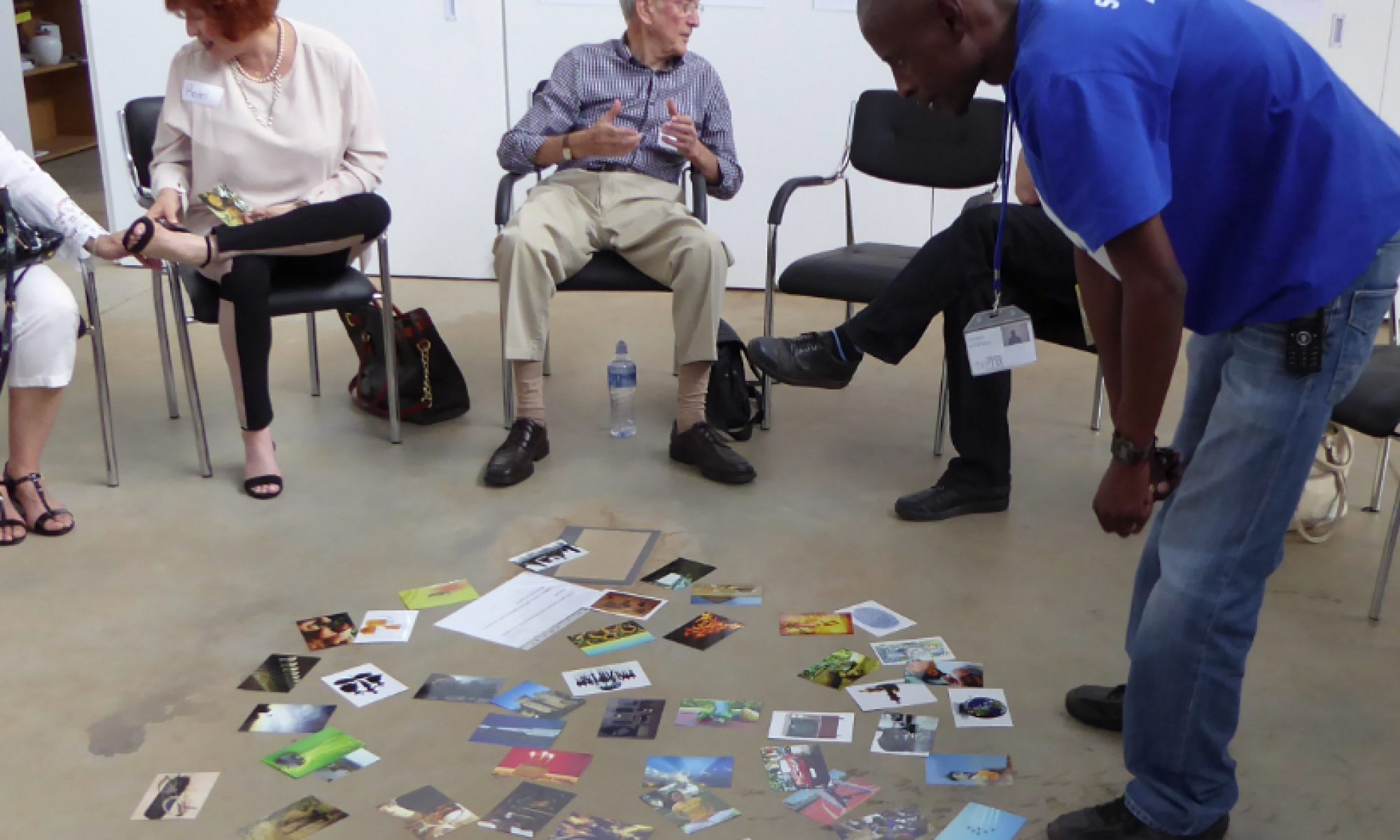
What SNE did, and did not, deliver
Background
During our planning for the 2016 Southern African Knowledge Management Summit (2016SAKMS) we pondered the current state and needs of the KM network in South Africa. Based on Etienne Wenger’s stages of community development it seemed to us that the current KM network in South Africa represented a potential community, with a desire to coalesce towards community. It was this move to a next stage in the lifecycle of a community that we wanted to stimulate. According to Wenger & Snyder (2002) the emergence of the strategic purpose or intent for the community is a core construct in this shift from a potential community to a coalescing stage. The structure, role and activities of the community to-be need to fit and adapt with this strategic purpose.
The discovery of strategic intent or purpose is supported and informed by the finding and recognition of common ground and engaging issues on a communal level. There must be a sense of the development of a shared domain together with the redirection of attention towards seeing own issues as a communal fodder. People also need to see how their passions and desire for community can translate into something useful. They find energy for coalescence around recognising similar problems, passions, and contributions.
These typical aspects of a potential community informed the design for the Summit.
Strategic Narrative Embodiment (SNE) presented an interesting opportunity as methodology and conversation partner for our summit design. Not only is it a methodology designed for organisation (and per implication community) development, but it would also be fresh and innovative. We were intrigued by the embodiment component especially since the possibility of accessing tacit knowledge located in the body is a hot emergent topic in the KM space.
Initial conversations made us curious about:
- What knowledge in and about our network can such a process access and externalise?
- How can it enable the network to shift from potential community to coalescence towards community?
- What can it tell us about emergent narratives in the KM network?
- What level of engagement can it elicit from delegates?
- How can it facilitate the interplay between individual and collective learning?

